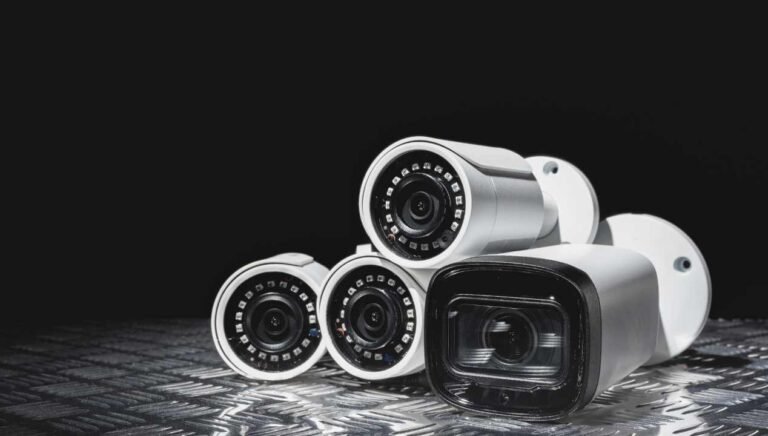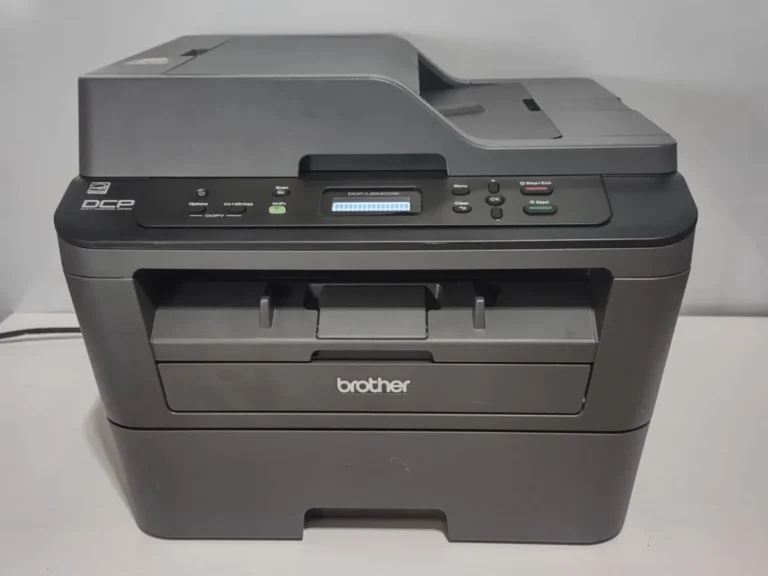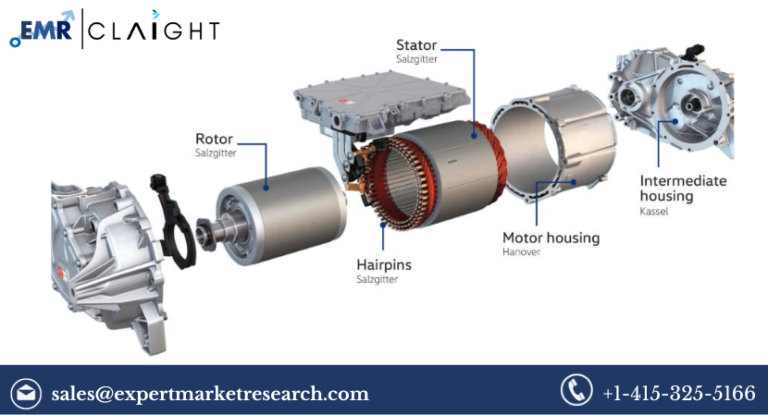Ensuring Safe and Effective Use of Ice Boxes for Storing Medicines
In the realm of healthcare, the safe storage and transportation of medicines are paramount to ensuring their efficacy and the well-being of patients. Ice boxes, also known as vaccine carriers, cold chain transport boxes, or ambulance medication refrigerator, play a critical role in maintaining the integrity of temperature-sensitive medications, vaccines, and biological samples. To uphold these standards, various regulations and guidelines govern the design, manufacturing, and use of these essential devices.
Regulatory Bodies and Standards
Numerous regulatory bodies worldwide oversee the standards and guidelines related to the design, manufacturing, and use of ice boxes for storing medicines. These organizations set forth stringent requirements to safeguard the potency and effectiveness of medications, particularly those that are temperature-sensitive.
In the United States, the Food and Drug Administration (FDA) and the Centers for Disease Control and Prevention (CDC) provide guidelines for the storage and transportation of vaccines and medications. These guidelines cover a range of topics, including temperature monitoring, maintenance of the cold chain, and proper handling procedures. Internationally, the World Health Organization (WHO) plays a pivotal role in establishing global standards for the storage and transportation of vaccines and medicines. The WHO’s “Good Distribution Practices (GDP) for Pharmaceutical Products” outline the necessary requirements for maintaining the quality of medicinal products throughout the supply chain, including during storage in ice boxes.
Design and Manufacturing Standards
Ice box for medicine must adhere to specific design and manufacturing standards to ensure they provide reliable temperature control and protection. One of the primary considerations is insulation. High-quality insulation materials, such as polyurethane foam, help maintain a stable internal temperature despite external fluctuations.
The design of ice boxes must also consider factors such as portability, ease of use, and durability. Handles, latches, and seals should be robust to prevent accidental openings and maintain the integrity of the cold chain. Additionally, the internal layout of the ice box should allow for efficient packing of medications, vaccines, and ice packs while ensuring adequate airflow for temperature distribution. Manufacturers are required to perform rigorous testing to validate the performance of their ice boxes. This includes temperature mapping studies to assess temperature uniformity throughout the box and ensure that medications are consistently kept within the specified temperature range. These tests help identify potential hot spots or areas prone to temperature fluctuations.
Temperature Control and Monitoring
Temperature control and monitoring are critical aspects of ice box design and use. Ice boxes must be capable of maintaining the required temperature range for the stored medications, typically between 2°C to 8°C for most vaccines and certain medications. Many ice boxes are equipped with built-in temperature monitoring devices, such as digital thermometers or data loggers. These devices provide real-time monitoring of the internal temperature and alert users to any deviations from the set range. Continuous temperature monitoring helps healthcare workers take prompt action to address temperature excursions and prevent spoilage of medications.
Proper Handling and Use Guidelines
In addition to design and manufacturing standards, regulatory guidelines also encompass proper handling and use of ice boxes for storing medicines. Healthcare professionals and personnel responsible for transporting medications must undergo training on correct packing procedures, loading practices, and temperature monitoring protocols. Ambulance medication refrigerators, a specific type of ice box used in emergency medical services, have unique guidelines tailored to their use in ambulances and other emergency vehicles. These refrigerators are designed to securely store critical medications and medical supplies during transport, ensuring they remain at the required temperature until needed.
The guidelines for ambulance medication refrigerators often include requirements for secure mounting within the vehicle to prevent movement during transit. They also specify the maximum allowable temperature variation and the frequency of temperature checks during transport.
Compliance and Auditing
Healthcare facilities, clinics, and organizations are responsible for ensuring compliance with the regulations governing ice boxes for storing medicines. Regular audits and inspections help verify that ice boxes are maintained and used according to the established standards. During audits, inspectors assess various aspects, including the condition of the ice boxes, calibration of temperature monitoring devices, and adherence to packing protocols. Non-compliance with these standards can result in the loss of medication potency, compromising patient safety, and regulatory sanctions.
Conclusion
In conclusion, the standards and regulations governing the design, manufacturing, and use of ice boxes for storing medicines are vital to maintaining the safety and efficacy of medications and vaccines. Regulatory bodies such as the FDA, CDC, and WHO provide guidelines to ensure that ice boxes meet stringent requirements for insulation, temperature control, and monitoring. Ambulance medication refrigerators, a specialized type of ice box, have specific guidelines tailored to their use in emergency medical services. Healthcare facilities and organizations must adhere to these regulations, conduct regular audits, and provide training to personnel to ensure proper handling and use of ice boxes.







